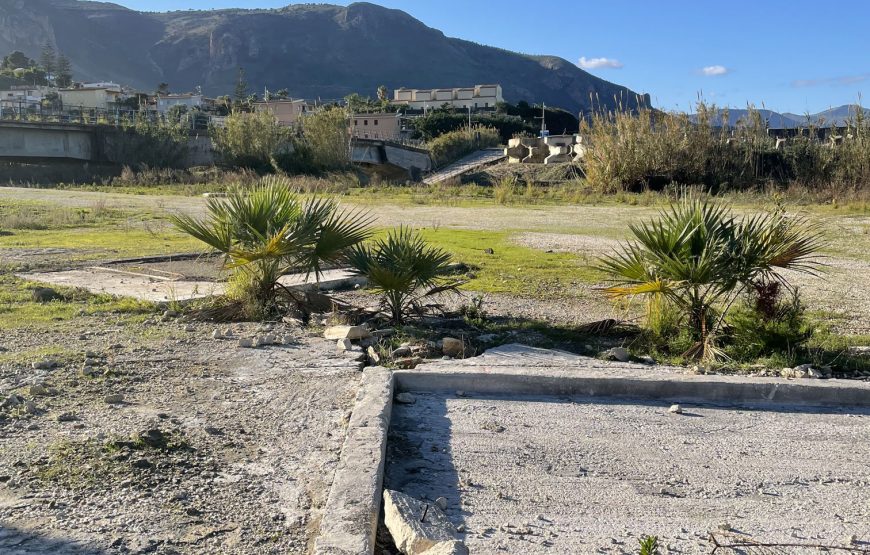DURATION
From July to September
from 0 review
No Cancellation
1 people
___













DURATION
From July to September

GROUP SIZE
Min 4 – Max 20 people per day (only outside)

LANGUAGES
Italian, Sicilian, English

TYPE
School
Alcamo is founded on the urgency of ensuring internal transport between the ports of Trapani and Palermo. So much so that in some maps of the Roman era, Alcamo is indicated with the more correct name of Emporium Segestanorum, the center of logistics of Segesta, the not distant Greek colony.
Arriving at the train station of Castellammare del Golfo, a bar in front of you called Jellyfish Cafe. Continue to the sand. Once there, walk keeping the sea on your right. At some point on your left, you will find what was the New Kennedy then called Pasha, a disco built inside the old Tonnara. You recognize it because it is abandoned. Watch out for the janitor. Continue, in front of you stands the Sicilmarmi, a factory for cutting marble located on the mouth of the river San Bartolomeo. This was built there to facilitate the trade of marble to Massa Carrara. Consider that in the province of Trapani there are several varieties of marble that are extracted; from the White Pearl of Monte Cofano to Botticino of Sicily extracted in Custonaci. The city of Alcamo has developed on a large bank of travertine, whose genesis is caused by a system of underground water circulation. Travertine contains animal and plant remains that have been preserved due to the encrusting activity of calcium carbonate dissolved in water. The plant remains, which are more difficult to preserve, are present in the form of impressions of leaves or cavities formed by the decomposition of branches and trunks. The animal remains instead, rich in mineralized parts, are present both as fossilized remains and as casts or footprints. In Alcamo we have been extracting this stone for centuries to make roads, houses and even tombs. It is not so expensive marble, travertine.
This factory, which still belongs to an industrial group based in Massa Carrara, the MGI Group, has been abandoned for about thirty-forty years now. In addition to being our favorite graffiti yard, it is also the refuge of many migrants in search of a roof. Inside the building that used to house the offices, today you can find emergency shelters, beds and small improvised kitchens. In front of the administrative office building, a small pathway opens up among the uncultivated vegetation. This goes towards the sea and leads you to a wild fig tree submerged by a dense vegetation of reeds and sagebrush, agaves and brambles. To your left opens the mouth of the river San Bartolomeo, natural border between Alcamo and Castellammare.
At this point get out from the main gate, keep a low profile. Go back on the highway that connects Alcamo to Castellammare. At some point you will see a widening full of garbage. Slip through the barrier of reeds. You will find in front of you the railway line, yes, it is still that of Mussolini. Google “Antiche Fornaci Romane”. We can help you to find them, they are submerged by vegetation. Go back to the widening where you throw the garbage, in front of you a mega parking lot, there is a hole in the fence to the right of the gate. Get in, head towards the river, in front of you is the collapsed San Bartolomeo River Bridge. Hopefully they will never repair it again!